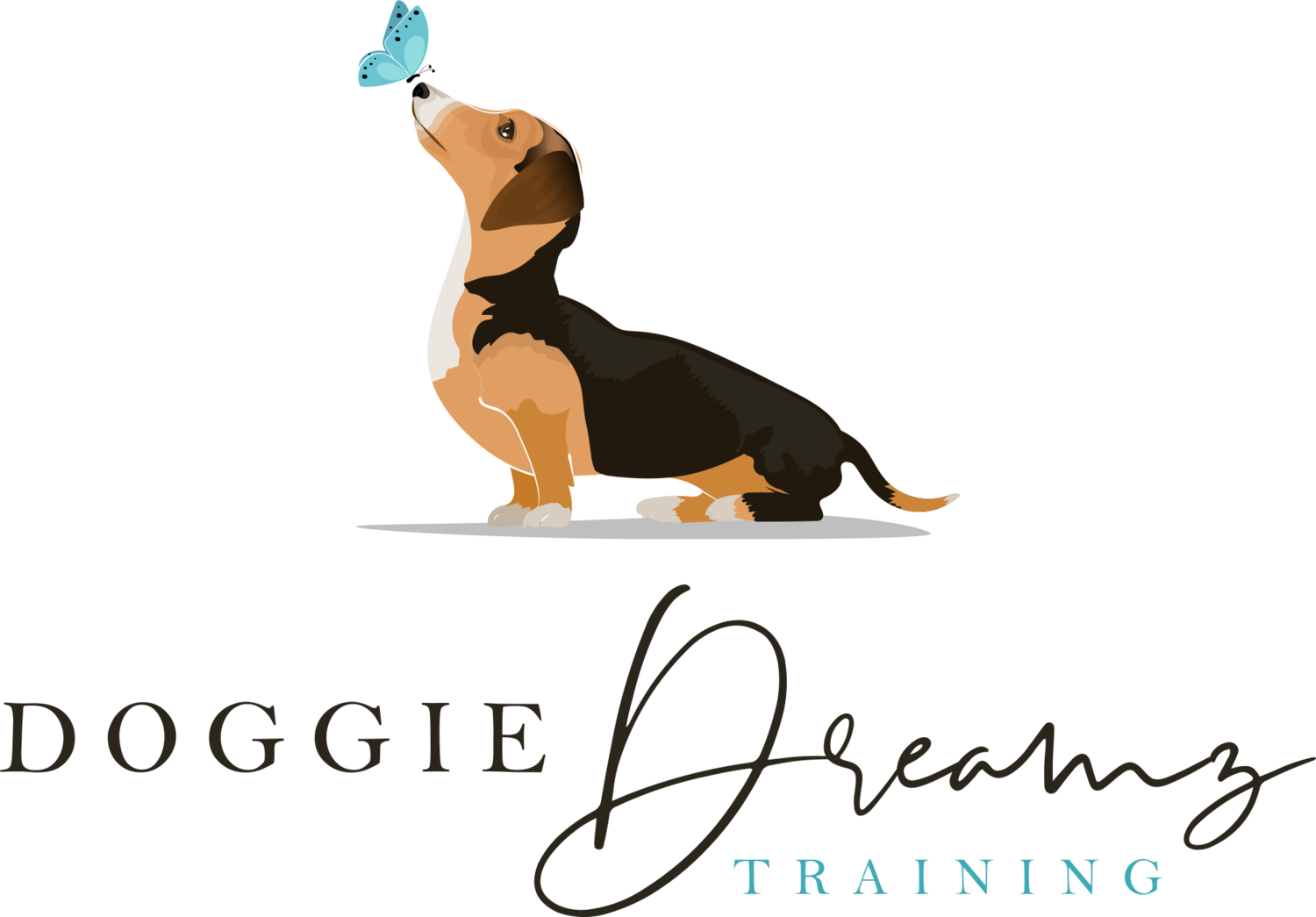
3 Keys to Successfully Training your Dog
Want to know the 3 things that will make you successful in training your dog? Check out our latest article to find out

Emergency Preparedness for You and Your Pet
June is National Pet Preparedness Month and here are some of the ways to make sure your dog is taken care of as well.

If an unleashed dog or coyote approached your dog, would you know what to do?
Have you ever been on a walk with your pet and encountered a stray or loose dog? Or even a coyote? If you haven't it is best to be as prepared as possible in the event it should happen to you. These are my tips to help you in this situation.

Benefits to In-Home Pet Sitting
Living in Southern California, I have many friends and acquaintances I’ve crossed paths with who say they would love to rescue a dog or a cat but don’t have the time to care for it. Well, I agree; if you don’t have the time to tend to a pet, it is better to wait to take one on. However, I also believe there are too many animals today in shelters, in negligent situations, or on the streets. I would often wonder, how could I help?
